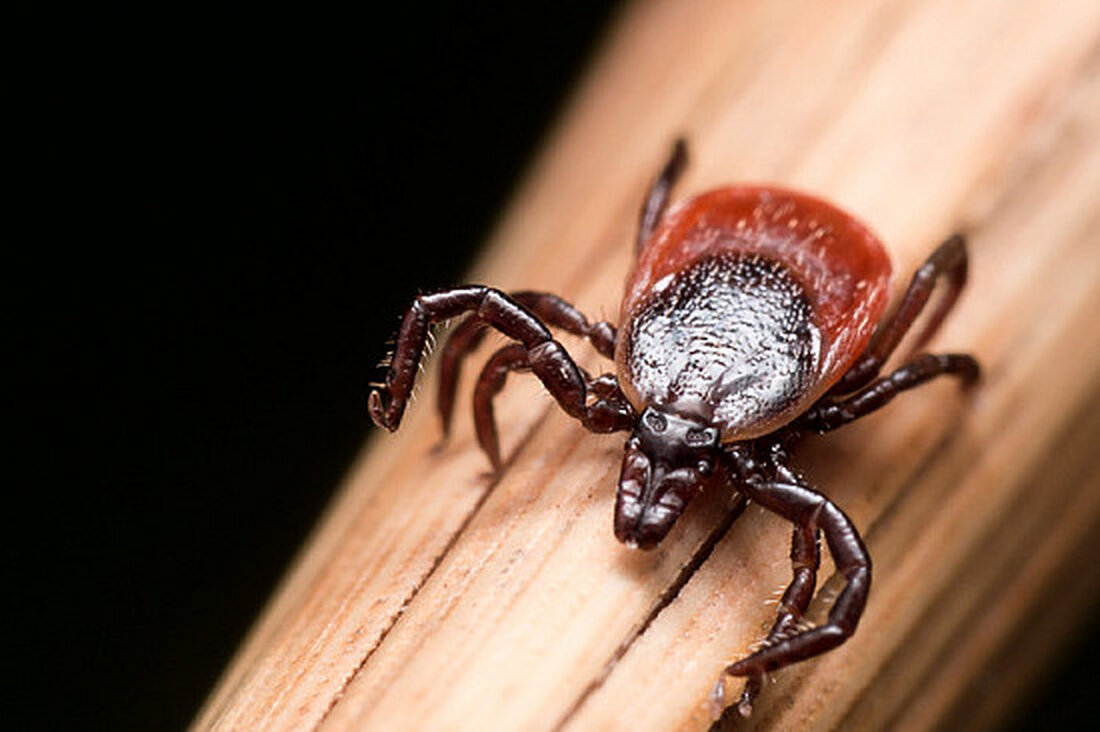Tick season is on the rise: protect yourself from Lyme disease
In parts of the United States and Canada, rising temperatures caused by climate change could contribute to an increase in tick-borne diseases. Ticks now thrive over a wider geographic range, appearing earlier and staying later during the off-seasons of spring and fall. This means we must remain vigilant in protecting ourselves from ticks that cause Lyme disease and other diseases – even during the winter months in many warmer states and provinces. Here's a timely reminder of why preventing Lyme disease is important and a refresher on steps you can take to prevent tick bites...

Tick season is on the rise: protect yourself from Lyme disease
In parts of the United States and Canada, rising temperatures caused by climate change could contribute to an increase in tick-borne diseases. Ticks now thrive over a wider geographic range, appearing earlier and staying later during the off-seasons of spring and fall. This means we must remain vigilant in protecting ourselves from ticks that cause Lyme disease other diseases – even during the winter months in many warmer states and provinces.
Here's a timely reminder of why preventing Lyme disease is important and a refresher on the steps you can take to avoid tick bites.
What are the symptoms of Lyme disease?
Lyme disease is best known for its classic symptom, a spot-on red rash that appears after a bite from an infected tick (scroll down to see). Photos of classic and non-classic rashes ). However, 20 to 30% of people do not develop a rash. And a rash can be easily missed because ticks tend to bite into dark folds of the body such as the groin, armpit, behind the ears or on the scalp. Some people have flu-like symptoms such as headache, fever, chills, fatigue and joint pain. So if you notice a rash or have these symptoms, call your doctor for advice. At this stage, immediate antibiotic treatment can eradicate the bacterial infection.
If people don't get treatment because they didn't see the rash or didn't have other early symptoms, the bacteria can spread to different parts of the body. Not only can the bacteria themselves cause problems, the body's immune system can also overreact to the infection. Both processes, or sometimes both, can damage the joints, heart and/or nervous system. And some people who are treated for any stage of Lyme disease develop post-Lyme disease syndrome, which can cause a range of debilitating symptoms such as fatigue, brain fog and depression.
How to avoid Lyme disease
Preventing tick bites is the best way to avoid Lyme disease and other tick-borne diseases. Blacklegged ticks (also called deer ticks) can be infected with the bacteria that causes Lyme disease. If you live in one of the areas If the incidence of Lyme disease is high, these steps may help.
Know where ticks are likely to lurk.Ticks usually crawl from leaves or blades of grass on the ground up to the legs. Therefore, be particularly careful when walking through fields or meadows and on hikes where you may bump into bushes, leaves or trees. Try to walk on well-cleared paths.
Wear protective clothing.Long pants tucked into socks are the best way to prevent ticks from crawling under the pant leg. Lighter clothing can make ticks easier to spot.
Use repellents.You can purchase clothing pre-treated with the insecticide permethrin (which repels ticks). Or you can spray your own clothes and shoes; Just follow the instructions carefully. To All exposed skin areas Use a product that contains DEET, picaridin, lemon eucalyptus oil (OLE), IR3535, para-menthanediol (PMD), or 2-undecanone. The Search tool EPA advice can help you find the most suitable product for your needs. Pay attention to the concentration of active ingredients: for example, at least 20% but not more than 50% for DEET; between 5% and 20% with picaridin; and 10 to 30% with lemon eucalyptus oil. Many products are available in pump spray bottles or as sticks or wipes, making them easier to use when needed.
Do a tick check.After spending time in tick-infested areas, ask a partner to check you for ticks in areas of your body that you cannot see well. The most common bite sites are the backs of the knees, the groin, under the arms, under the breasts in women, behind the ears and in the neck. The type of tick that transmits Lyme disease is about the size of a sesame seed. Keep in mind that a tick must be attached to your skin for 24 to 36 hours to transmit enough bacteria to cause the disease.
For more information about preventing or living with Lyme disease, visit Harvard Health Publishing Lyme Wellness Initiative.
Source: Harvard University Cambridge

 Suche
Suche
 Mein Konto
Mein Konto
